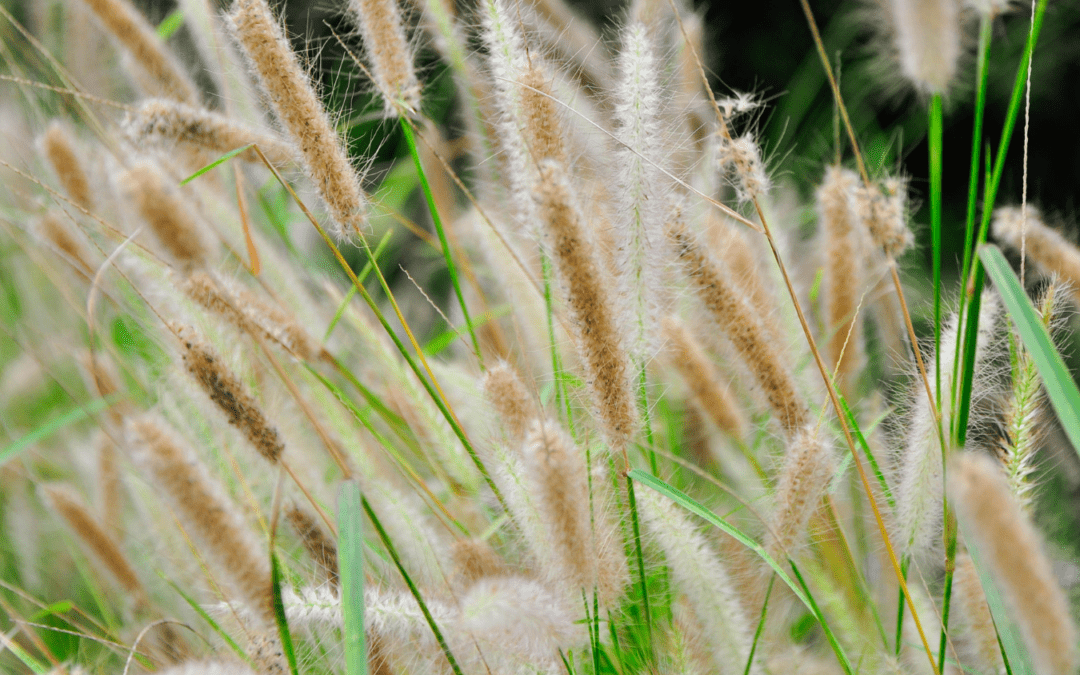The Menace of Foxtail Grass: Protecting Your Furry Friends
Picture this: a sunny afternoon at the local park, you’re playing fetch with your beloved canine companion, and all seems well. However, lurking beneath the lush greenery may be a hidden danger – foxtail grass. While this seemingly innocent plant might appear harmless, it poses a significant threat to the health and well-being of our furry friends. As a responsible pet owner, it’s essential to be aware of the potential risks foxtail grass presents and take measures to protect your pets from its dangers.
Understanding Foxtail Grass: The Deceptive Greenery
Foxtail grass, scientifically known as Hordeum jubatum, is a common weed found across various regions. With its distinctive bushy, bristle-like seed heads, it’s often spotted in fields, open spaces, and even in your own backyard. While its appearance might be inconspicuous, foxtail grass is far from harmless.
The danger lies in the plant’s seed heads. These seed heads have barbed structures that are designed to burrow into the ground, aiding in the plant’s reproduction. Unfortunately, these barbs can also become lodged in your pet’s fur, paws, ears, nostrils, or even mouth, leading to a range of potential health complications.
The Threat to Our Pets: Health Implications
1. Skin Irritation and Infections: Foxtail grass can easily become entangled in your pet’s fur, leading to irritation and discomfort. The sharp barbs can pierce the skin, causing redness, swelling, and even open wounds. Additionally, these wounds can become a breeding ground for bacterial infections if not promptly addressed.
2. Ear and Nasal Issues: Dogs and cats with long ears are particularly susceptible to foxtail grass-related problems. The barbed seeds can make their way into the ears or nostrils, leading to pain, inflammation, and potential infections. Pets may excessively shake their heads, scratch at their ears, or even display difficulty in breathing.
3. Gastrointestinal Complications: Ingesting foxtail grass, whether intentionally or accidentally, can lead to severe gastrointestinal distress. The sharp barbs can damage the mouth, throat, and digestive tract, causing symptoms such as drooling, vomiting, difficulty swallowing, and abdominal pain.
4. Respiratory Distress: If inhaled, foxtail grass seeds can lead to respiratory issues. Pets may experience coughing, sneezing, or even more severe breathing difficulties if the seeds become lodged in their airways.
Prevention and Protection: Safeguarding Your Furry Companions
As a vigilant pet owner, there are several steps you can take to protect your furry companions from the menace of foxtail grass:
1. Regular Grooming: Brush your pet’s fur regularly, especially after outdoor activities. Pay close attention to areas prone to foxtail entanglement, such as paws, ears, and underbelly. Trimming long fur can also reduce the risk of seeds becoming trapped.
2. Avoid High-Risk Areas: Be mindful of where you take your pets for walks or playtime. Avoid overgrown fields or areas with tall grasses, particularly during the foxtail grass’s flowering season when the seeds are most prevalent.
3. Inspect and Clean: After outdoor excursions, carefully inspect your pet’s fur, ears, and paws for any signs of foxtail grass. If you notice any, gently remove them using tweezers or your fingers. However, if the seeds have penetrated the skin, seek veterinary assistance immediately.
4. Stay Vigilant: Be attentive to your pet’s behavior. If you notice unusual symptoms such as excessive scratching, shaking of the head, coughing, or sneezing, consult your veterinarian promptly.
When to Seek Veterinary Care
While preventive measures go a long way, accidents can still happen. If you suspect your pet has come into contact with foxtail grass or is exhibiting any of the aforementioned symptoms, it’s crucial to seek professional veterinary care. A qualified veterinarian can conduct a thorough examination, remove any embedded seeds, and provide appropriate treatment to address potential complications.
In conclusion, while foxtail grass may appear harmless at first glance, it presents a significant threat to our beloved pets’ health and well-being. As responsible pet owners, it’s our duty to be aware of the dangers posed by this seemingly innocent plant and take proactive measures to protect our furry companions. Through regular grooming, avoiding high-risk areas, and staying vigilant, we can ensure our pets enjoy a safe and joyful outdoor experience.
Remember, your veterinary hospital is your ally in keeping your pets healthy and happy. By working together, we can keep foxtail grass and its potential harms at bay, allowing our pets to thrive and continue to bring joy to our lives.

